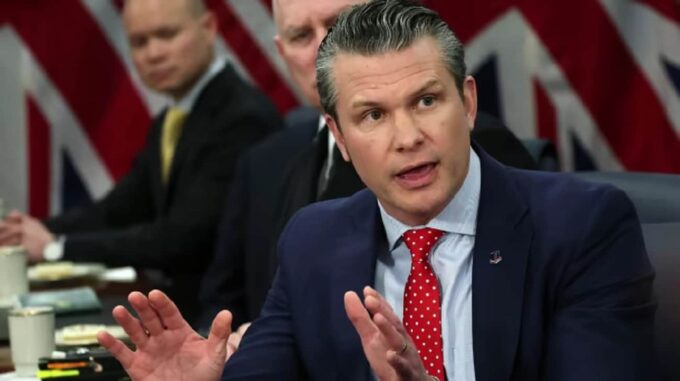First visit by Pentagon leadership to Ramstein in three years: against the backdrop of rising global security tensions

A unique situation has arisen for the first time since the establishment of the international contact group on military support for Ukraine. U.S. Secretary of Defense Lloyd Austin will not participate in the Ramstein meeting scheduled for this week in Brussels. This is a significant event, as since the format’s inception three years ago, its U.S. leader has attended every meeting with over 50 countries and international organizations. Sources, including the Associated Press, report that Austin, who has just returned from a national security conference in Singapore, will arrive in the European capital only on the eve, Wednesday evening, after the main sessions have concluded. At the same time, according to AP, the U.S. Secretary of Defense will not participate in the event even via video link. This represents a notable step in the context of diplomatic signaling and internal politics in Washington. An anonymous government source noted that this visit is similar to previous steps that demonstrate a certain distancing of the United States from active involvement in the current war in Ukraine. It is known that the decision not to send Austin to the meeting is part of a broader trend related to a reorientation of U.S. foreign policy. This issue has become particularly prominent in discussions following French President Emmanuel Macron’s warning at the end of last weekend’s security conference. Macron cautioned that the U.S. and its allies around the world risk encountering dangerous double standards if efforts on the continent are refocused toward containing China at the expense of supporting Ukraine. Overall, the Ramstein format traditionally gathers over 50 defense leaders and representatives from defense ministries worldwide. Over the past three years, these meetings have become a symbol of global support for Ukraine — it is here that the scope and approaches for military aid are coordinated. Since Russia’s invasion in 2022, the United States, along with partners, has provided Ukraine with approximately $126 billion in military and humanitarian assistance. Of this amount, over $66.5 billion comes directly from the U.S. Following the invasion of Ukraine, former Secretary of Defense Lloyd Austin took leadership of this format. Under his guidance, regular monthly meetings were organized, conducted both in person and via video link. Notably, the platform for global international support for Ukraine was created on his initiative, becoming a key element of a unified strategy to deter the aggressor. The next Ramstein meeting will be held under new leadership, following the loss of a central role for Austin in this format. The absence of the U.S. Secretary of Defense from the meeting and his likely participation only in key events send a signal that Washington is changing its approaches to diplomatic and military processes regarding the Ukraine-Russia conflict. Whether this signifies a reduction in U.S. support, as claimed by U.S. officials, remains an open question. At the same time, it is important to understand that international efforts to support Ukraine remain substantial, even if top officials are distancing themselves from individual meetings for internal or strategic reasons. In any case, these events once again highlight the complexity and multi-vector nature of the current geopolitical situation. The U.S., striving to balance assistance to Kyiv with strategic interests worldwide, continues to seek optimal approaches to resolving the crisis. Time will tell what the consequences of this step will be and how the format of coordinating international military aid to Ukraine will evolve in the near future.

